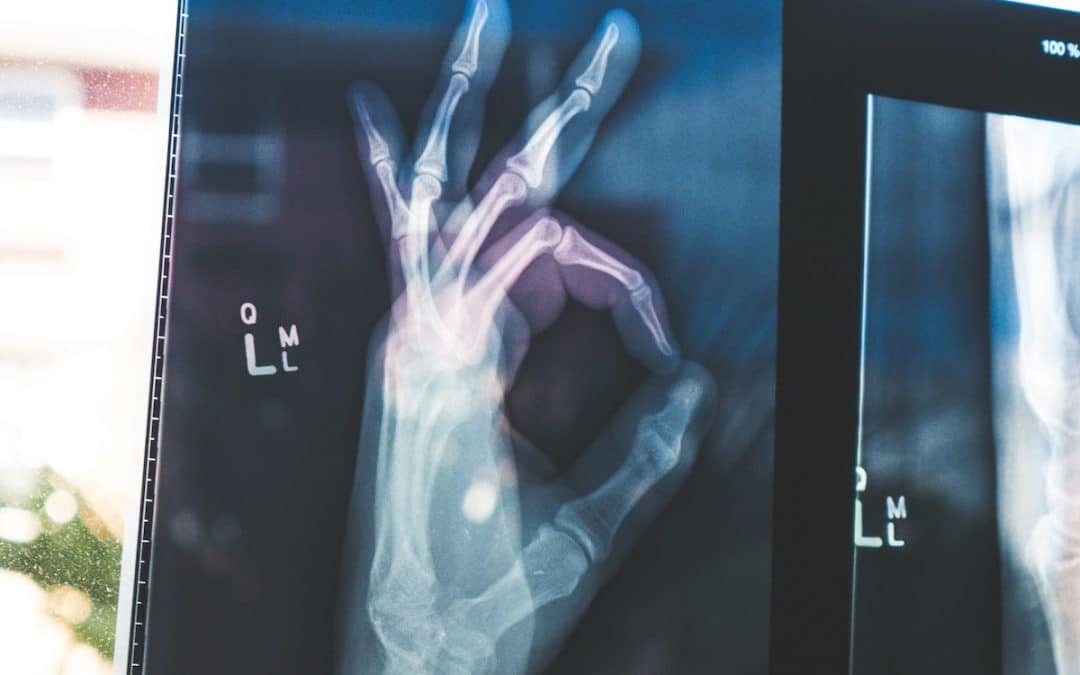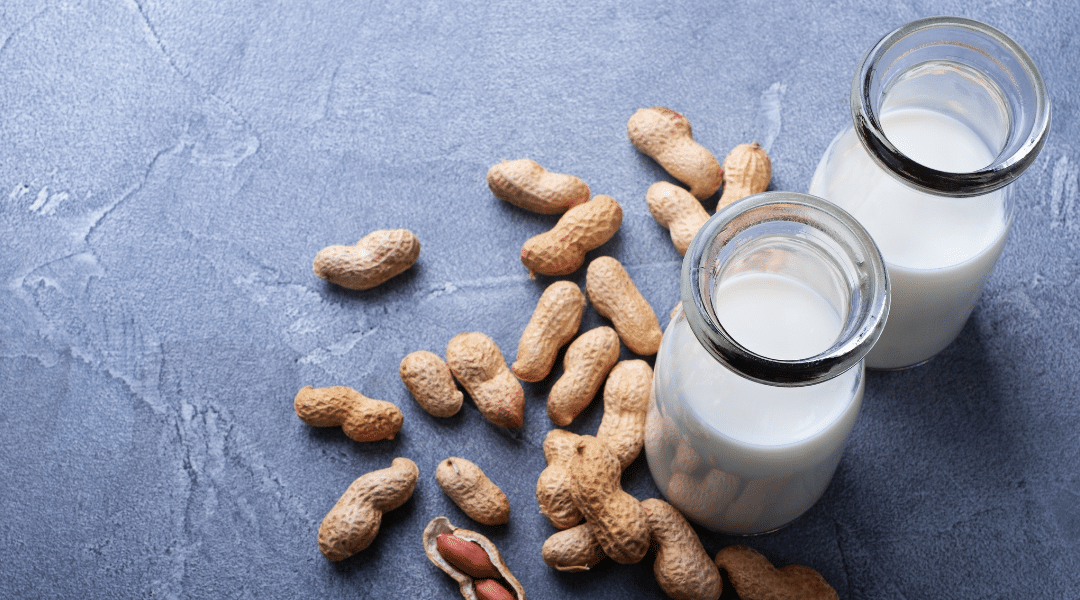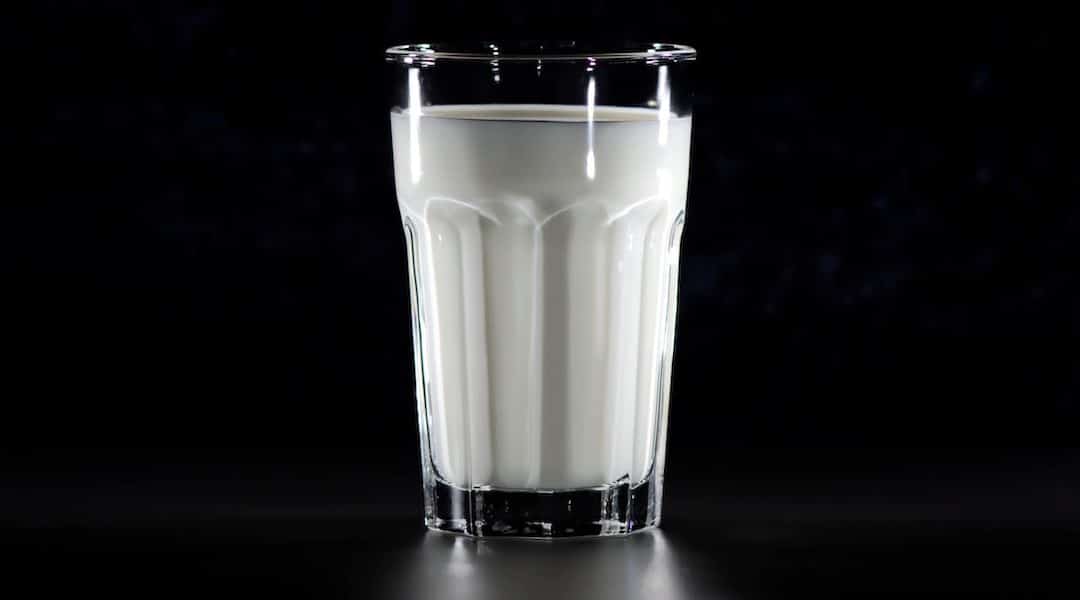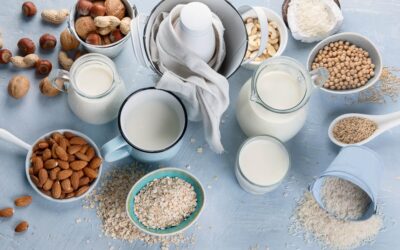What Is Lactose Intolerance?
Lactase deficiency (lactose intolerance) in adults is the most prevalent genetic deficiency syndrome worldwide and affects more than 65 percent of the population. Lactose intolerance is a normal condition that occurs when an individual cannot properly digest lactose—a sugar found in all dairy products.
What Is Lactose?
There are four major dietary carbohydrates: lactose, fructose, sucrose, and starch. Lactose is the sugar found in breast milk. An enzyme called lactase, which is found in the lining of the small intestinal wall, is responsible for breaking down lactose into its smaller subunits (glucose and galactose) for absorption through the intestinal wall into the blood vessels. Lactase deficiency leads to improper digestion of lactose, which is a condition called lactose intolerance. The undigested lactose travels down from the small intestine into the colon, dragging with it massive amounts of water through a process called osmosis, which could lead to watery diarrhea. The undigested lactose finally gets metabolized by the bacteria in the colon, resulting in fermentation, which produces a copious amount of gas such as hydrogen gas, carbon dioxide gas, and the foul-smelling methane gas. The graphic below shows this pathway.
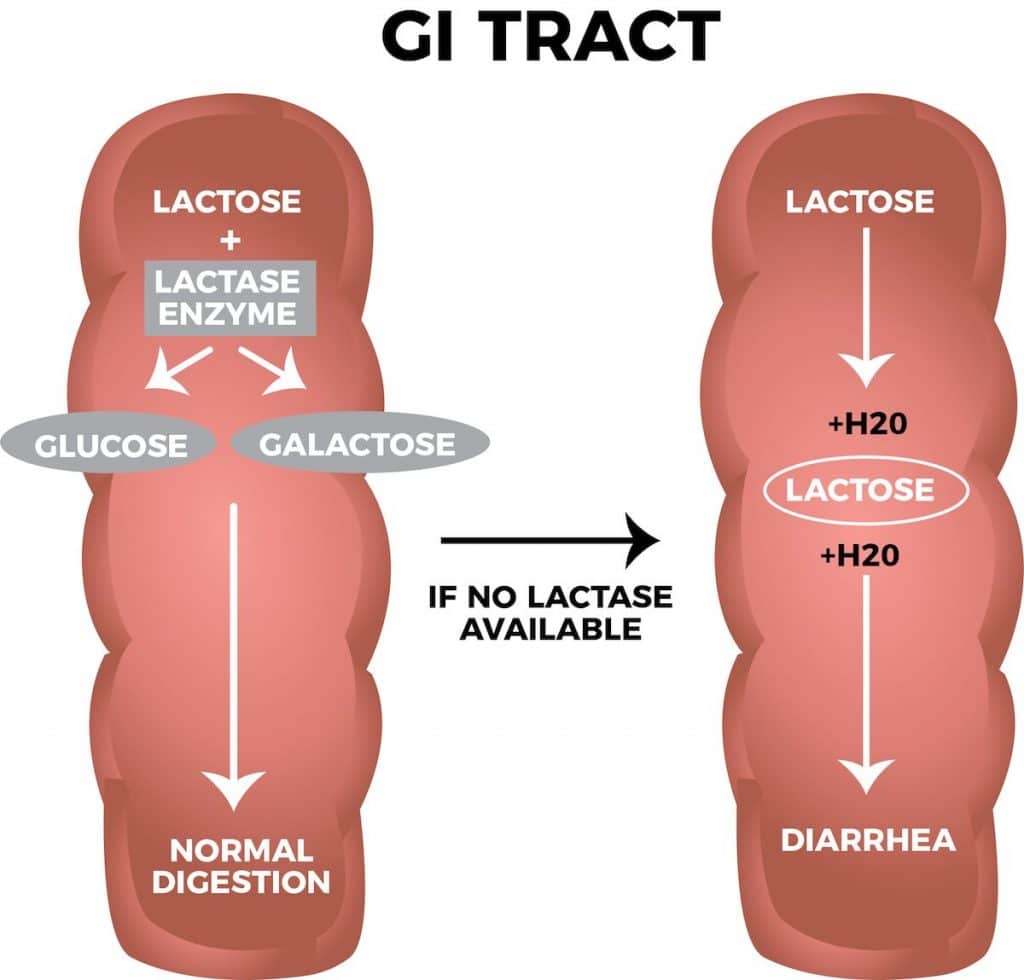
Why Are People Lactose Intolerant?
Lactase activity decreases precipitously after age five and leads to lactose intolerance. This naturally occurs amongst most populations, because the mammalian body is designed to wean off its mother’s milk and sustain itself on food as an adult. The majority of those who are not lactose intolerant (called lactase persistent) are typical of Northern European descent—a culture that domesticated and milked cattle up to 8,000 years ago. It could also occur after intestinal infections or inflammatory conditions such as rotavirus infection, Crohn’s disease, celiac disease, radiation therapy, a giardia infection, and other medical issues.
Symptoms of Lactose Intolerance
- Abdominal distention (bloating)
- Cramps
- Abdominal pain
- Excessive flatulence (gas)
- Diarrhea
- Burping
- Acid reflux
- Constipation
These symptoms may occur 30 minutes to two hours after ingesting dairy products. Unfortunately, lactose intolerance is commonly misdiagnosed as Irritable Bowel Syndrome (IBS) due to under-recognition of this common condition. Therefore, for those diagnosed with IBS, it would be worthwhile avoiding dairy for one month to reassess clinical symptoms.
Lactose Intolerance vs Dairy Sensitivity
It is important to distinguish between lactose intolerance and dairy sensitivity. Dairy sensitivity is an allergic reaction to the proteins found in dairy and leads to eczema, sinus problems, allergic reactions of the gastrointestinal lining, worsening of inflammatory bowel disease, and other allergic conditions.
Can You Become Lactose Intolerant?
Yes. The risk for lactose intolerance increases as we age. Those who may not have been lactose intolerant as a child or adolescent may find they are lactose intolerant as an adult. Symptoms may also become more severe over time. For example, an individual who experienced mild bloating after consuming cows’ milk as a teenager may suffer from extreme bloating and stomach pain in their 20s or 30s. The condition varies from person to person and depends on the lactase activity (or lack thereof). If you experience symptoms, take our quiz to find out if you might have become lactose intolerant.
Diagnosis and Treatment
The best way to diagnose lactose intolerance is by avoiding all dairy products for 30 days and assessing the body’s clinical response. During these 30 days, be sure to read labels carefully, as dairy products are hidden in many packaged foods. If symptoms decrease or disappear during these 30 days, but reoccur when you have reintroduced dairy into your diet, this is a strong sign that you may be lactose intolerant. To avoid these uncomfortable symptoms, eliminate dairy from your diet moving forward.
What Foods Contain Lactose
- Animal milk (cow, goat, camel, etc)
- Cheese (including cream cheese and cottage cheese)
- Yogurt
- Ice Cream
- Butter/Margarine
- Whipped Cream
- Buttermilk
- Coffee Creamer, Half & Half, Powdered Coffee Creamer
- Condensed and Evaporated Milks
- Whey and Casein Powder
Remember to read labels carefully, as many packaged goods (crackers, protein/nutrition bars, protein powder, baking mixes, candy, salad dressing, sauces, and breads) may also contain milk/lactose.
Learn more about lactose- and dairy-free alternatives by visiting our Alternative Guides page.
If you think you or someone you know may be lactose intolerant but are not entirely sure, take our Lactose Intolerant Test.

